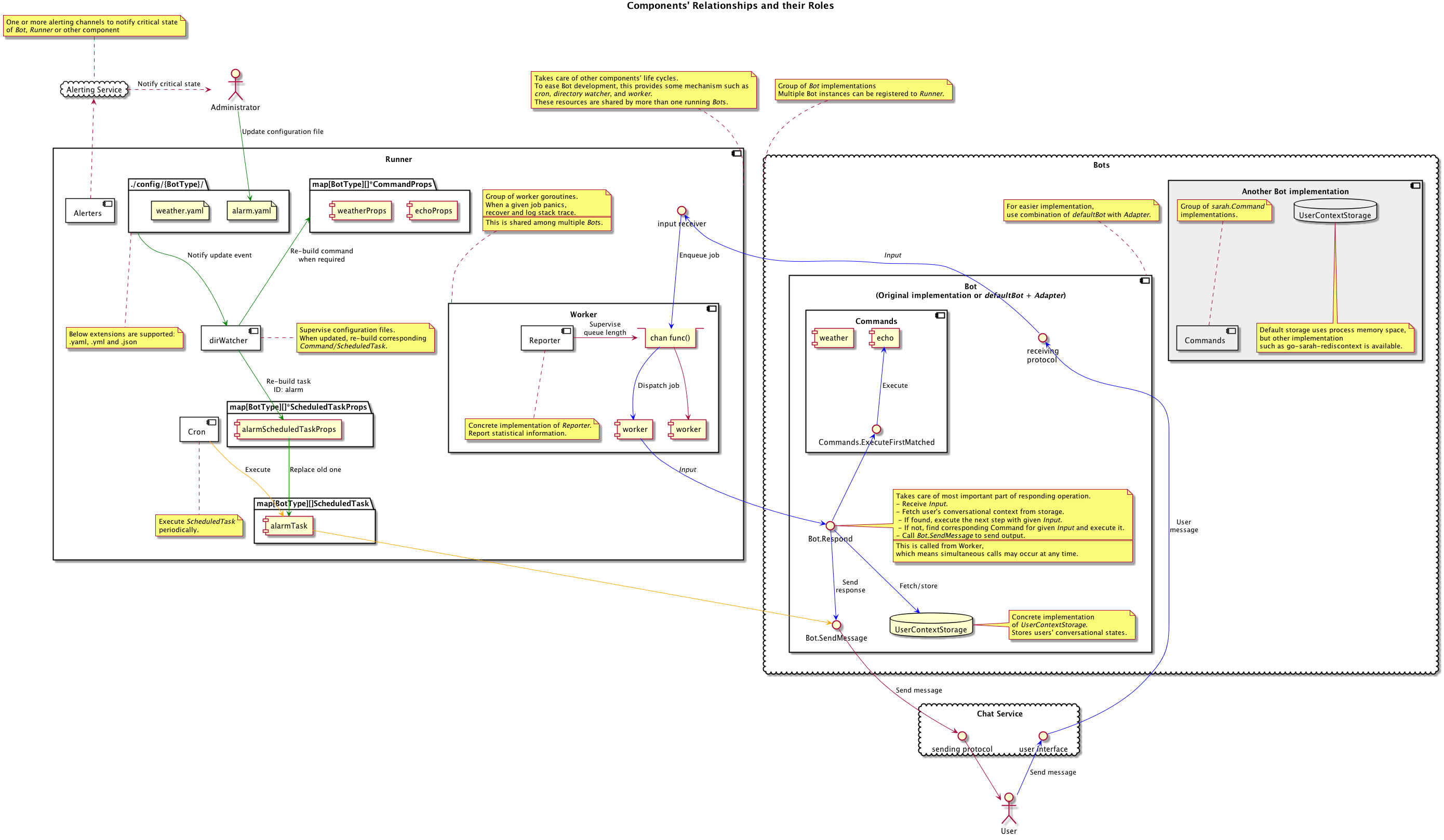

Go How Do I Handle Panic In Goroutines Stack Overflow
With the following code, if no file argument is given, a panic is thrown for line 9 panic: runtime error: index out of range as expected. how can i 'catch' this panic and handle it when directly when passing something to it (os. args[1]) that causes the panic? much like try/catch in php or try/except in python. Go is an open source programming language that makes it easy to build simple, reliable, and efficient software. In my apps i generally only panic from main in conditions where the application cannot start up properly. as an example, if on startup the service cannot connect to a dependent database, connect to consul, read its config, or properly initialize services then it will panic. A panic can be thrown by the runtime or can be deliberately thrown by the programmer to handle the worst case scenario. for example, accessing the out of bounds element from a slice ( or an array.

It’s ok to panic in go : golang.Some golang official packages use panic/defer+recover as throw/catch, but only when they need to unwind a large call stack. in golang's json package using panic/defer+recover as throw/catch is the most elegant solution. We can reliably hook into when a panic is going to how to handle panic in golang cause the program to exit, but that is not the same as reliably hooking into every case where a program exits. there are many exit paths that do not go through runtime. fatalpanic.. and my other point still holds: by the time we reach runtime. fatalpanic the runtime has started shutting down. any hook called by fatalpanic can not run ordinary go. Simple guide to panic handling and recovery in golang. we want to be able to handle this panic in a proper way so the application can exit gracefully while providing useful information to the.
Error Handling In Golang With Panic Defer And Recover
Sometimes panic occurs at runtime when some specific situation arises like out-of-bounds array accesses, etc. as shown in example 1 or sometimes it is deliberately thrown by the programmer to handle the worst-case scenario in the go program with the help of panic function as shown in example 2.R := recover hides r *http. request from outer function. if you want to access it in recovery block better to change the name, e. g. e := recover mih v an apr 24 at 21:22. Defer, panic, and recover. andrew gerrand 4 august 2010 go has the usual mechanisms for control flow: if, for, switch, goto. it also has the go statement to run code in a separate goroutine. here i'd like to discuss some of the less common ones: defer, panic, and recover. a defer statement pushes a function call onto a list. the list of saved. Part 32: panic and recover 05 december 2017. welcome to tutorial no. 32 in golang tutorial series.. what is panic? the idiomatic way to handle abnormal conditions in a program in go is using errors. errors are sufficient for most of the abnormal conditions arising in the program.


At line 12, the panic keyword is encountered and immediately the function marked with defer is executed. in the above execution, we can see that the defer function is executed before the function. I am quite new to golang. so, please spare me the sword ( if possible ).. i was trying to get data from the web by studying the tutorial here. now, the tutorial goes all well, but i wanted to check for edge cases and error-handling ( just to be thorough with my new learning of the language, don't want to be the one with half-baked knowledge ). I am quite new to golang. so, please spare me the sword ( if possible ).. i was trying to get data from the web by studying the tutorial here. now, the tutorial goes all well, but i wanted to check for edge cases and error-handling ( just to be thorough with my new learning of the language, don't want to be the one with half-baked knowledge ).
Comments
Post a Comment